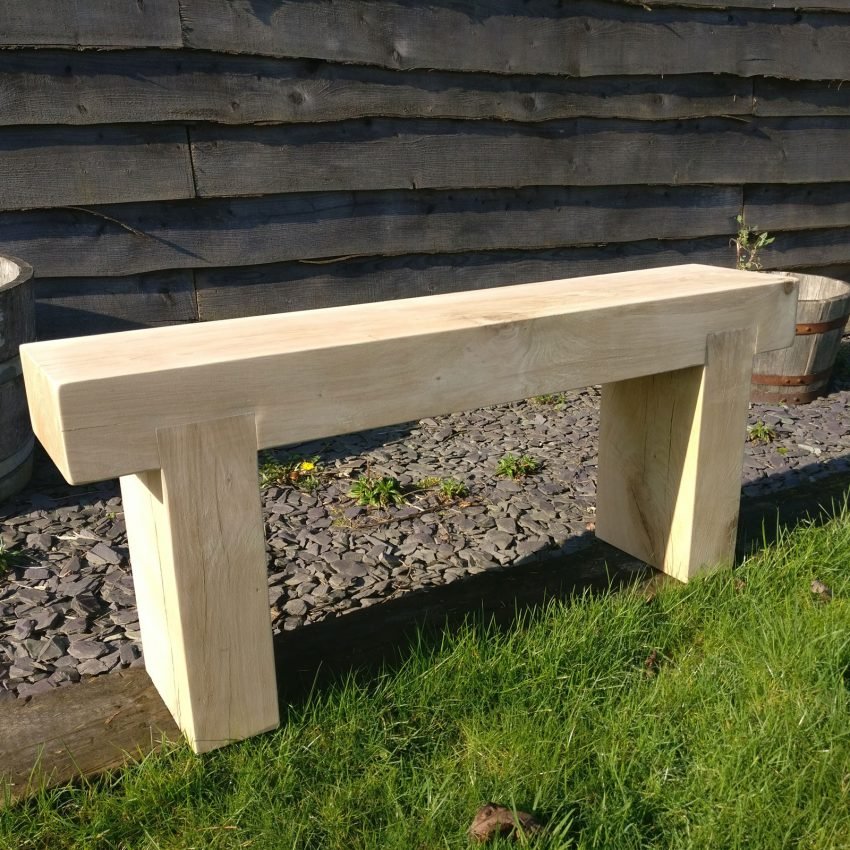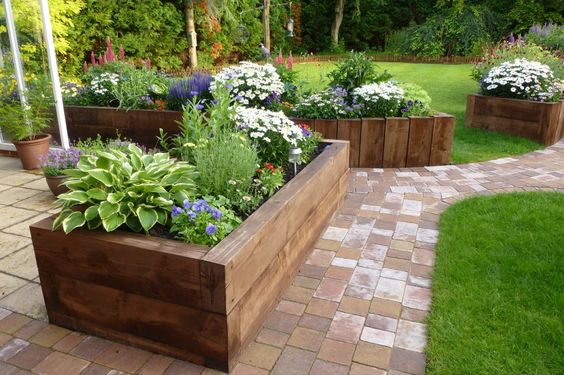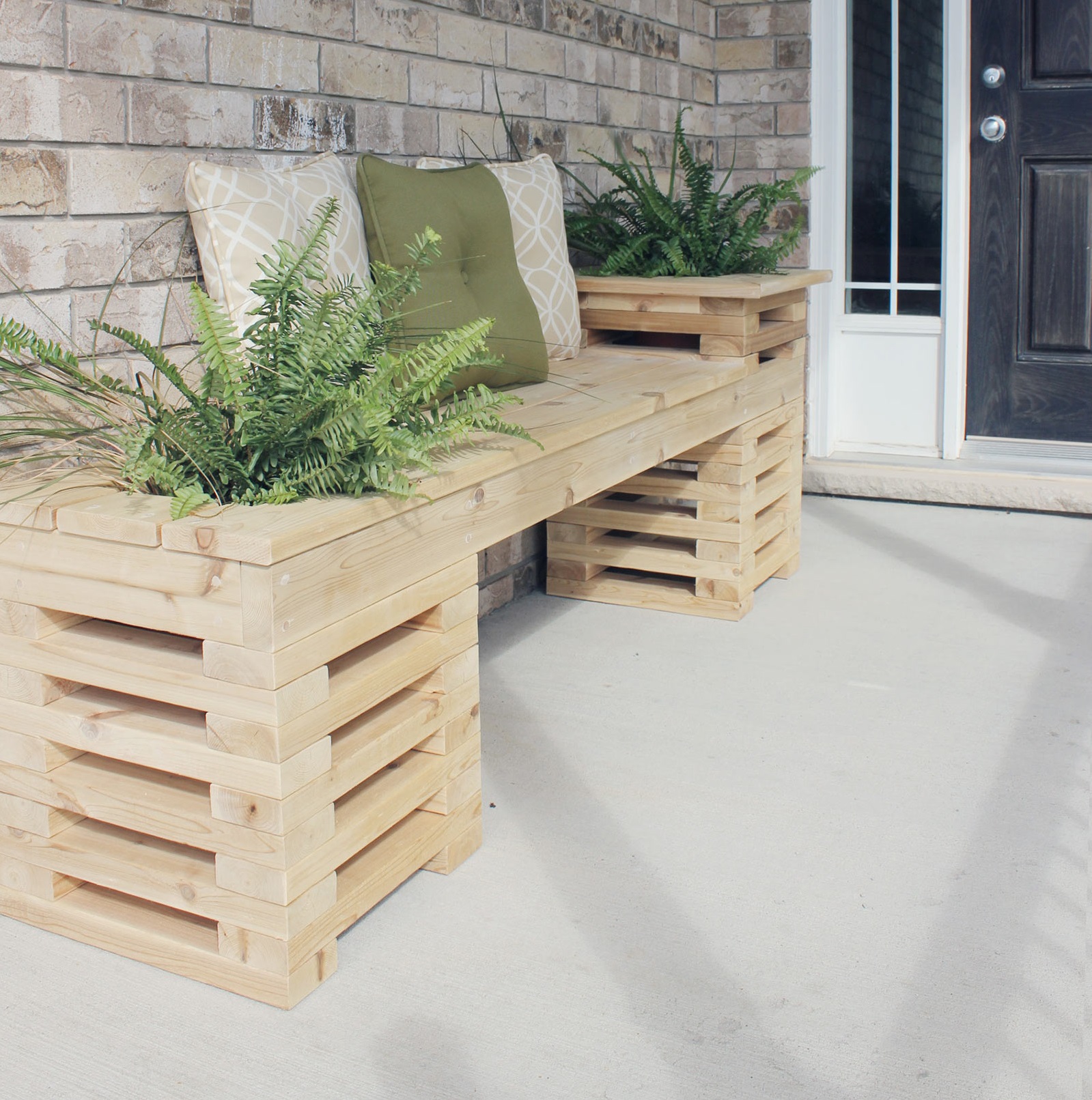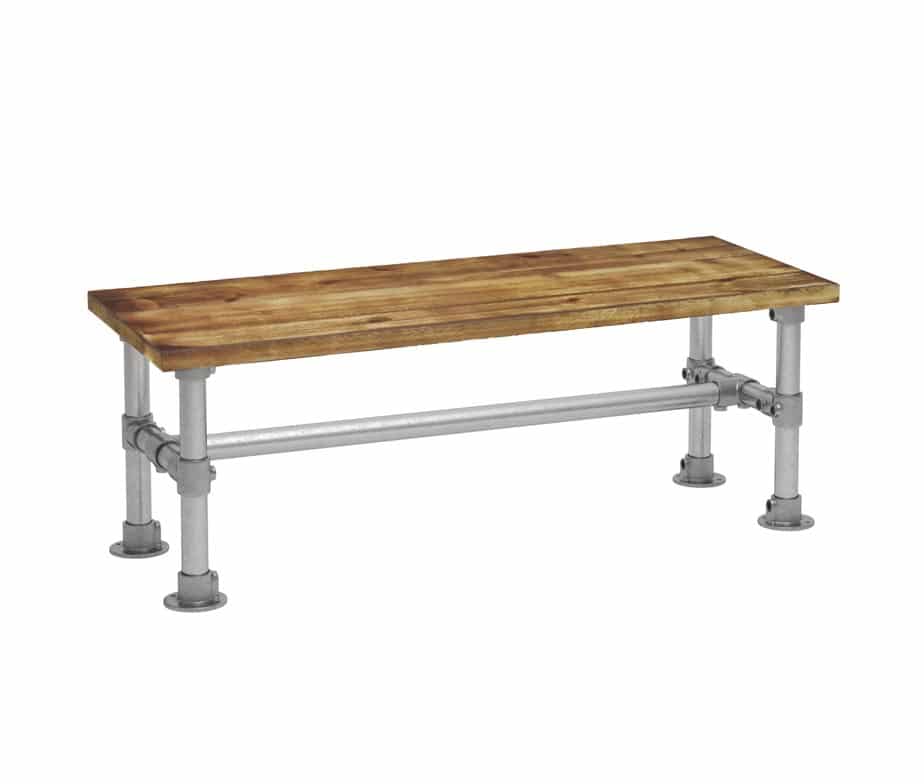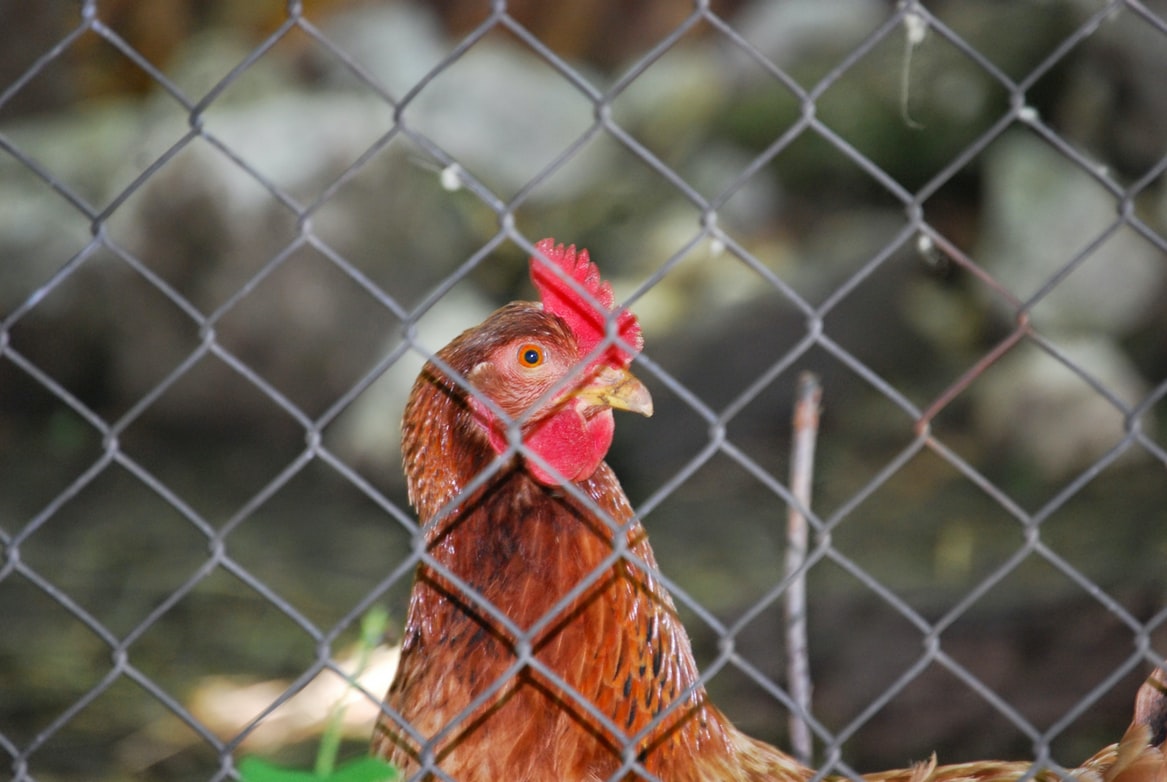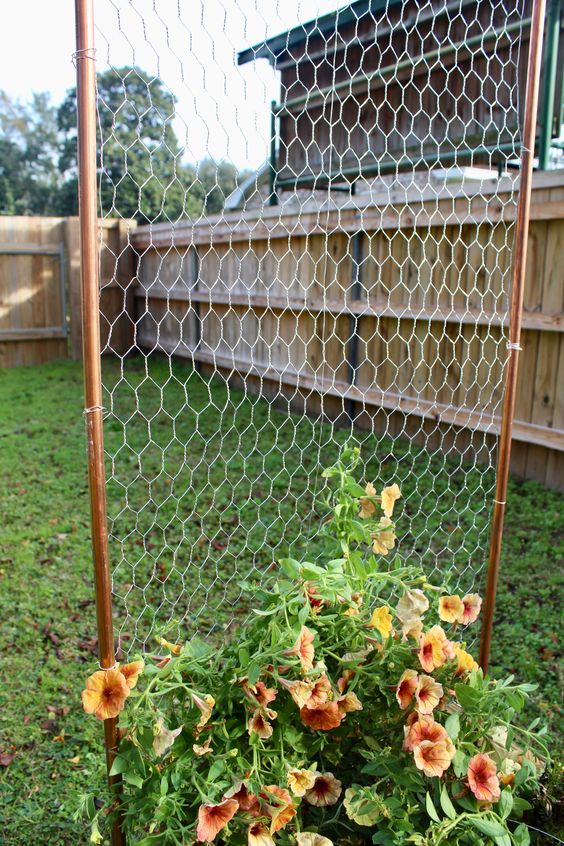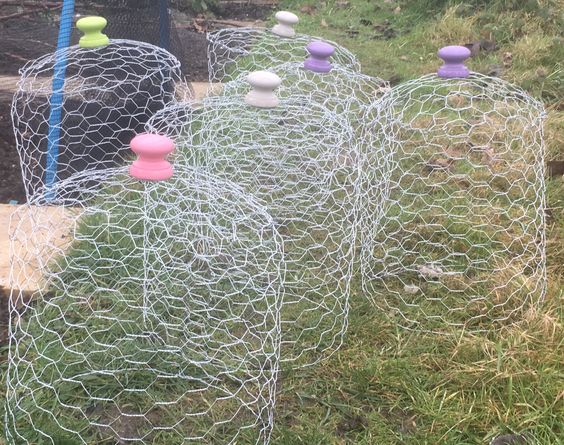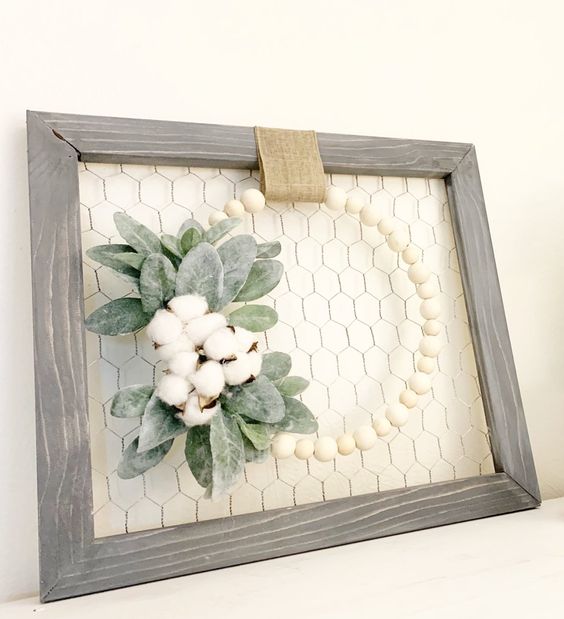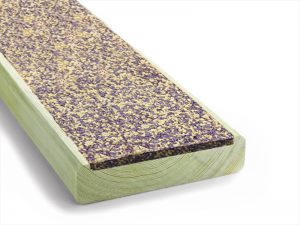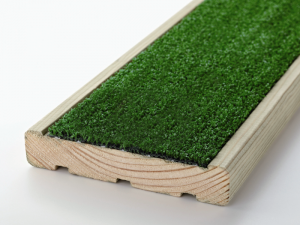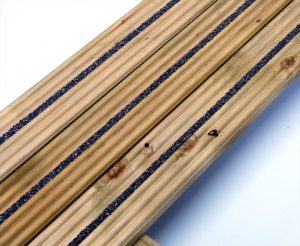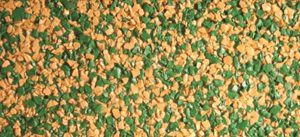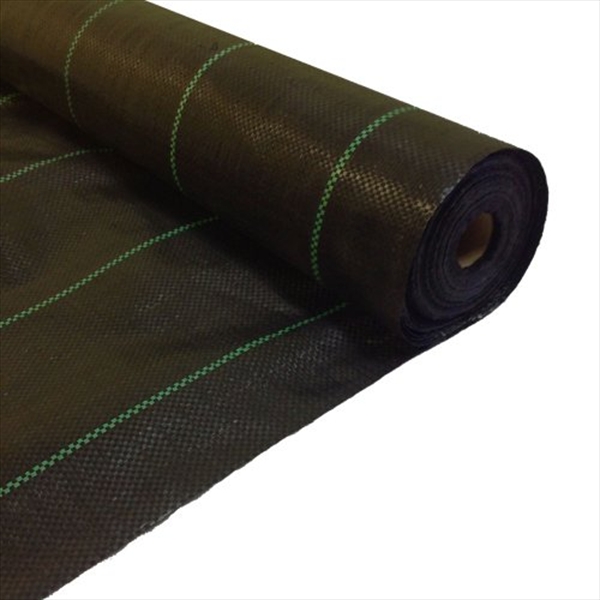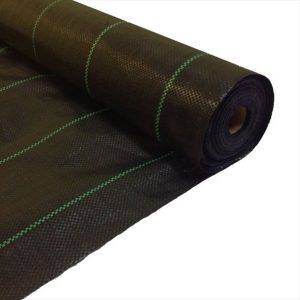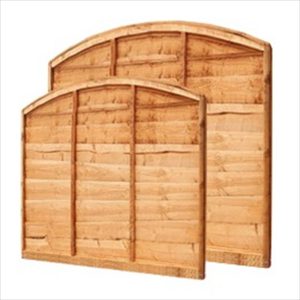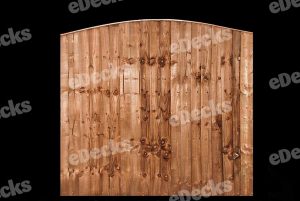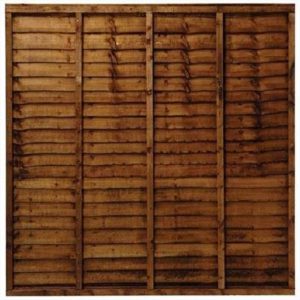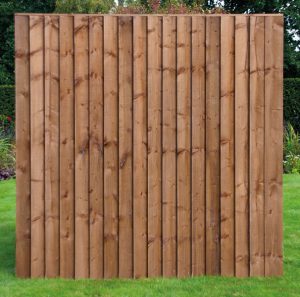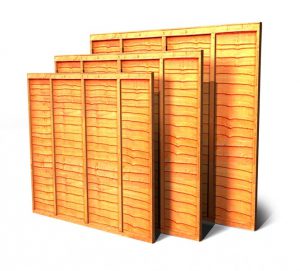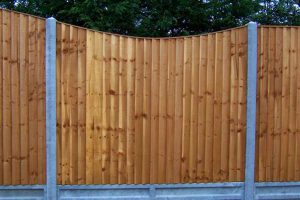Here at eDecks, we love a wood DIY project. Our staff have come up with some fantastic ideas that are sure to get you inspired!

Sleepers bench
Our sales supervisor Chris has shared a great idea for our oak sleepers – All you need for this project is some of our oak sleepers and steel pins, it could even be completed over a weekend! Often these structures are set into the ground using concrete so they are more stable and aren’t stolen, but if you want the freedom to move yours around the oak is strong enough to stand alone.
Get our oak sleepers from just £54.09 each here – https://www.edecks.co.uk/products/2035/35/95/0/Fresh-Cut-Oak-Sleepers-200mm-x-100mm-x-2400mm
And get the best deals on our steel sleeper pins here – https://www.edecks.co.uk/products/7297/35/95/0/Steel-Sleeper-Pins
Sleepers planter
Sleepers have a plethora of uses, like these planters. They are so easy to make you won’t feel like you’ve done any work! The only thing you need is our sleepers and specialist sleepers screws, cut down the sleepers to the desired size and place them together, drill the screws in at a 45-degree angle and voila, the ideal planter in no time at all. We sell a wide range of Ronseal products if you want to stain the wood.
Get our oak sleepers from just £54.09 each here – https://www.edecks.co.uk/products/2035/35/95/0/Fresh-Cut-Oak-Sleepers-200mm-x-100mm-x-2400mm
And our individual sleeper screws are only £1.67 each here – https://www.edecks.co.uk/subdept/1146/0/Sleeper-Fixings
Joist bench and planter
Joist timber is strong, inexpensive and easy to work with. Not only does this wood DIY serve as both a bench and two planters but it looks wonderful too! All you need for this DIY is our treated & graded decking joist and our wood screws. Simply line up the timber in the desired place and drill the screws in. A fantastic addition to your home for a low cost and a little bit of time.
Our treated and graded decking joists start at only £4.29 per metre here – https://www.edecks.co.uk/subdept/103/0/Timber-Decking-Joists
Browse our wide range of screws here – https://www.edecks.co.uk/subdept/657/0/Individual-Screws
Scaffolding board bench
Our sales executive Coral came up with the fantastic idea of a scaffolding board bench! We have a supply of reject scaffolding boards from only £24.07 and the legs can be made from old scaffolding pipes to give an industrial look or support beams made from our sleepers to give a more natural look. For the sleepers version, we recommend our steel sleeper pins to ensure the two pieces are connected safely.
Shop our reject scaffolding boards are available here – https://www.edecks.co.uk/products/19790/251/836/0/Reject-Unbanded-Scaffolding-Board-(3900mm)
And our individual sleeper screws are only £1.67 each here – https://www.edecks.co.uk/subdept/1146/0/Sleeper-Fixings
Looking for the best deals on wood DIY supplies?
Check out our amazing deals on timber here on the eDecks website!
We also offer plenty of support and expert advice for most DIY projects – and any products we sell online. Contact eDecks here for personalised advice for your project today.
At eDecks you can not only expect a good deal but also:
Superfast FREE delivery on orders over £150*
48 hour delivery on many products
Handy FREE installation guides (and even instructional videos!)
*Free delivery applies to most of the UK, but some areas may incur a charge, unfortunately – please check the eDecks website for more details.


